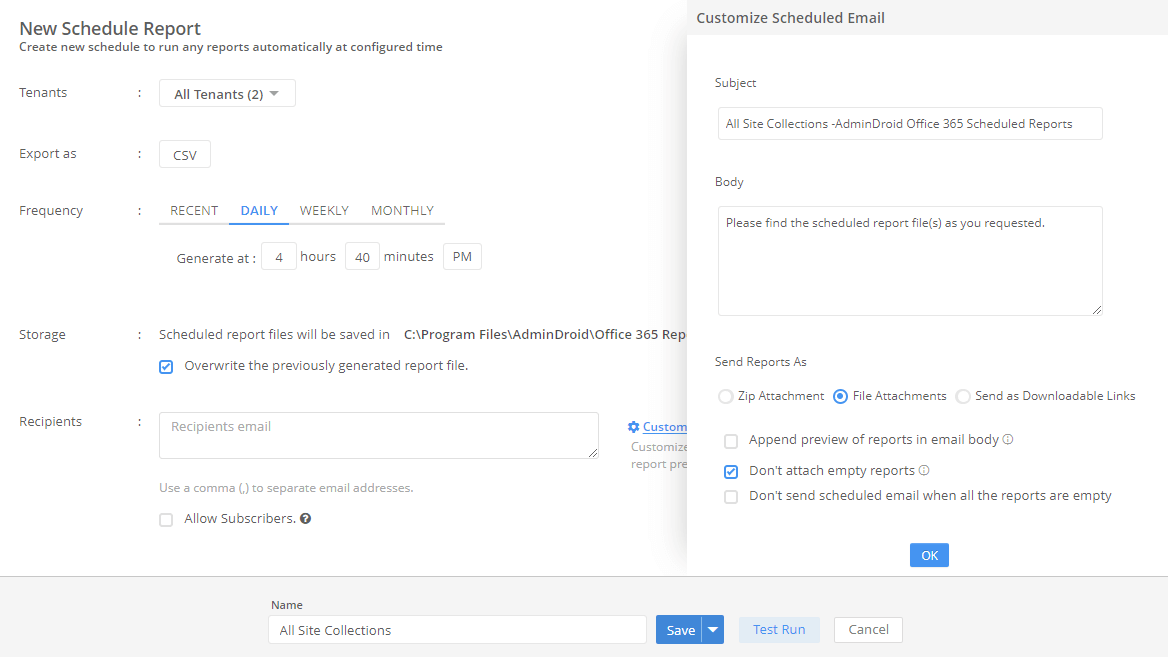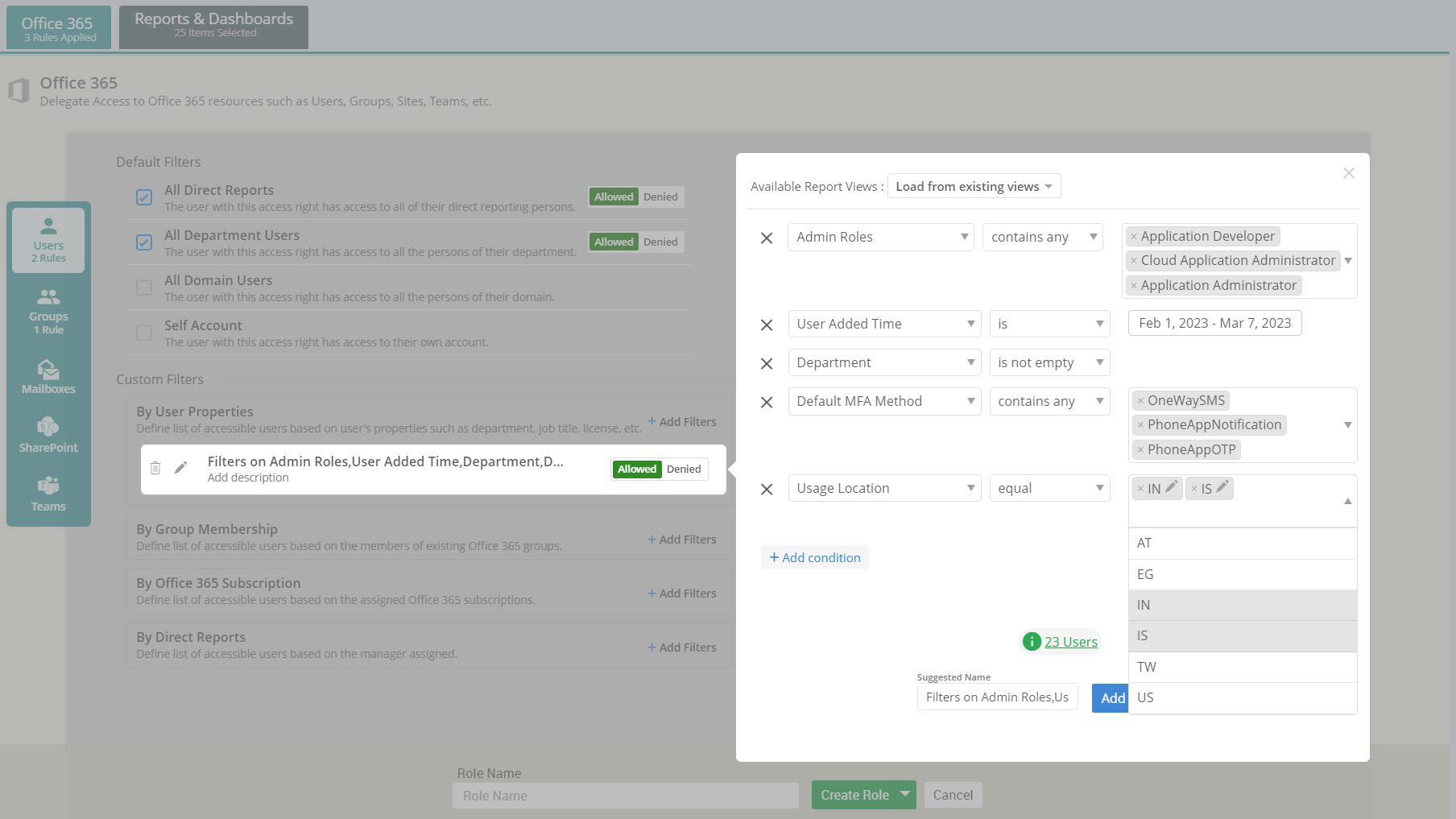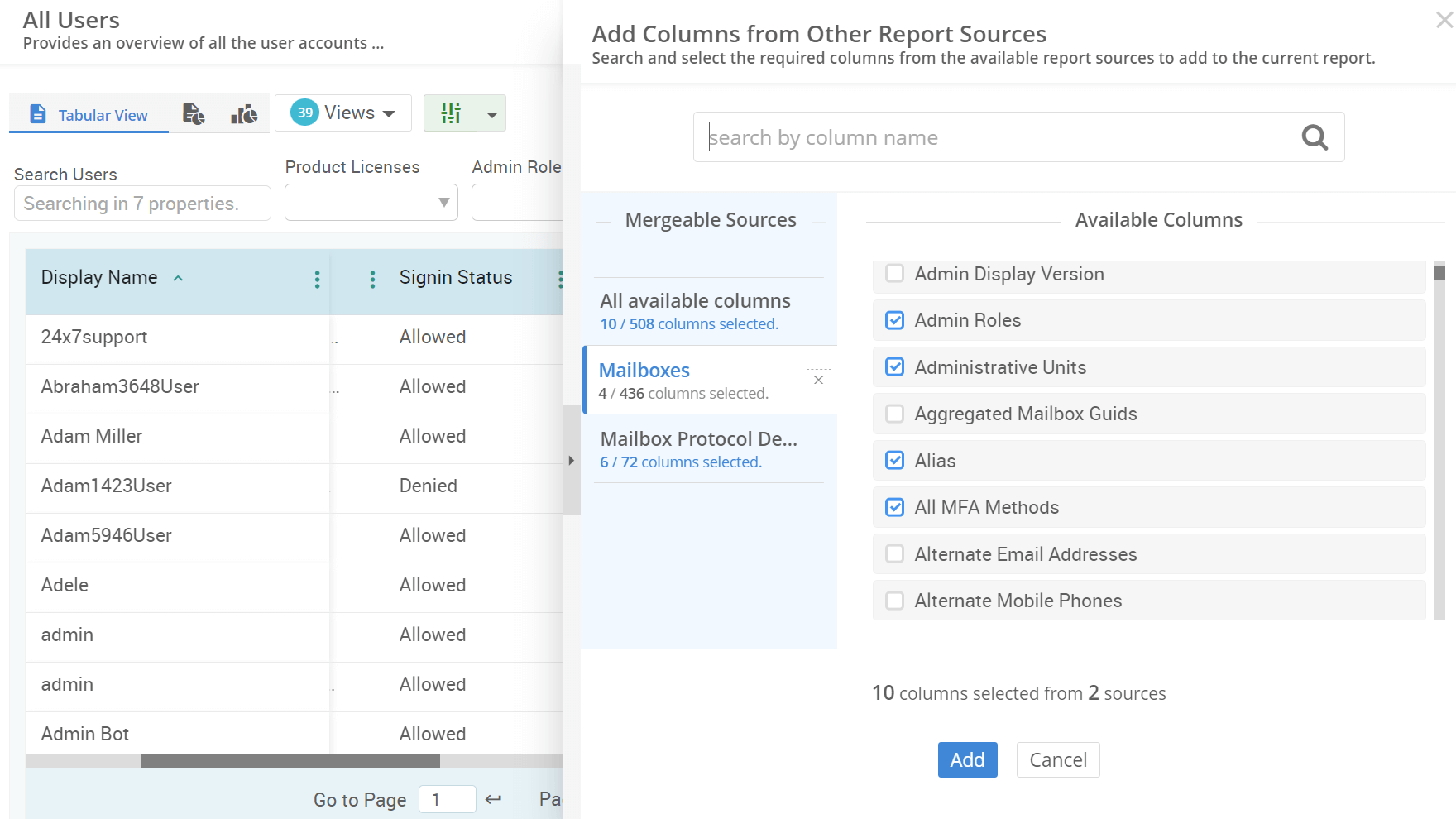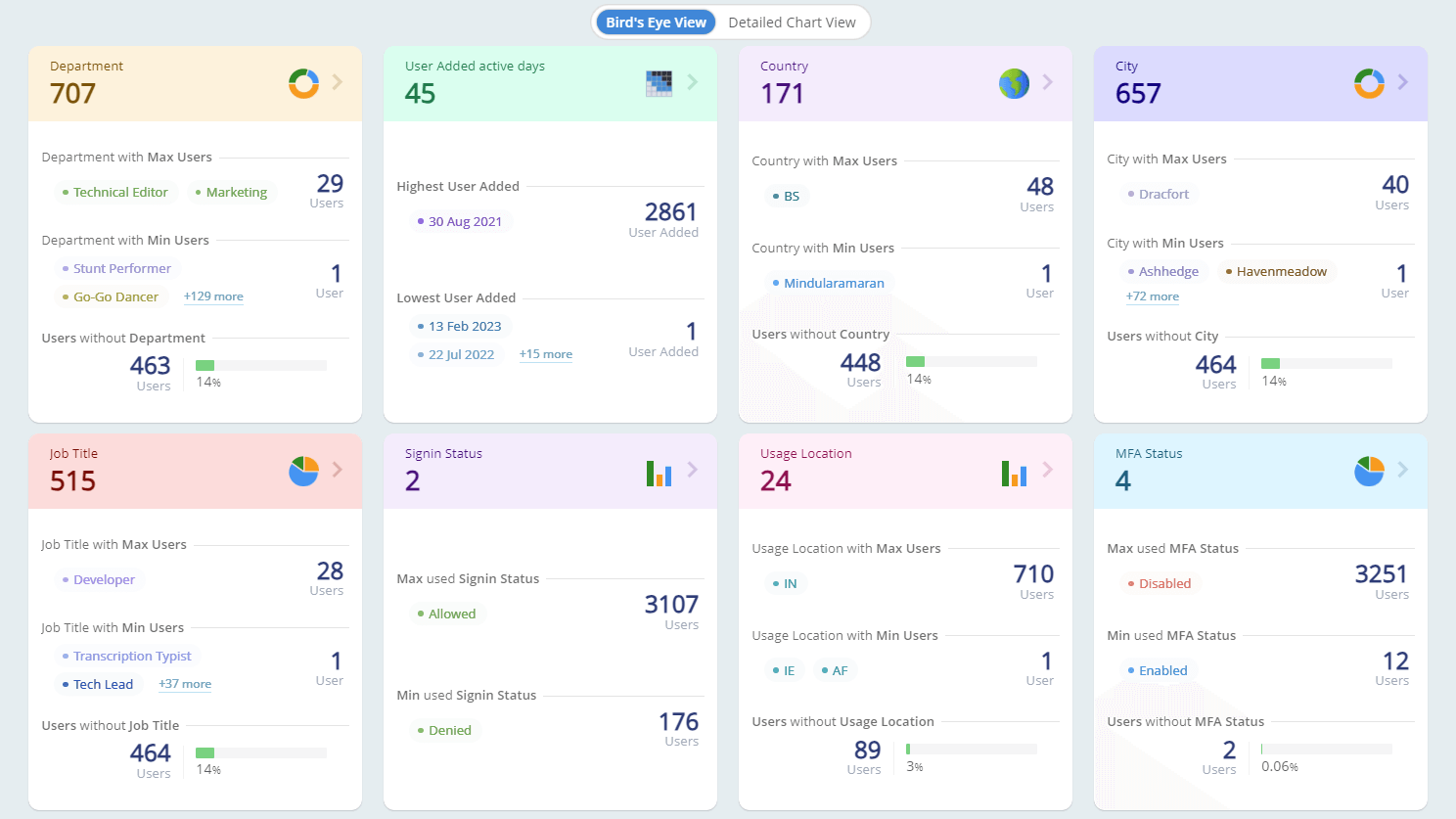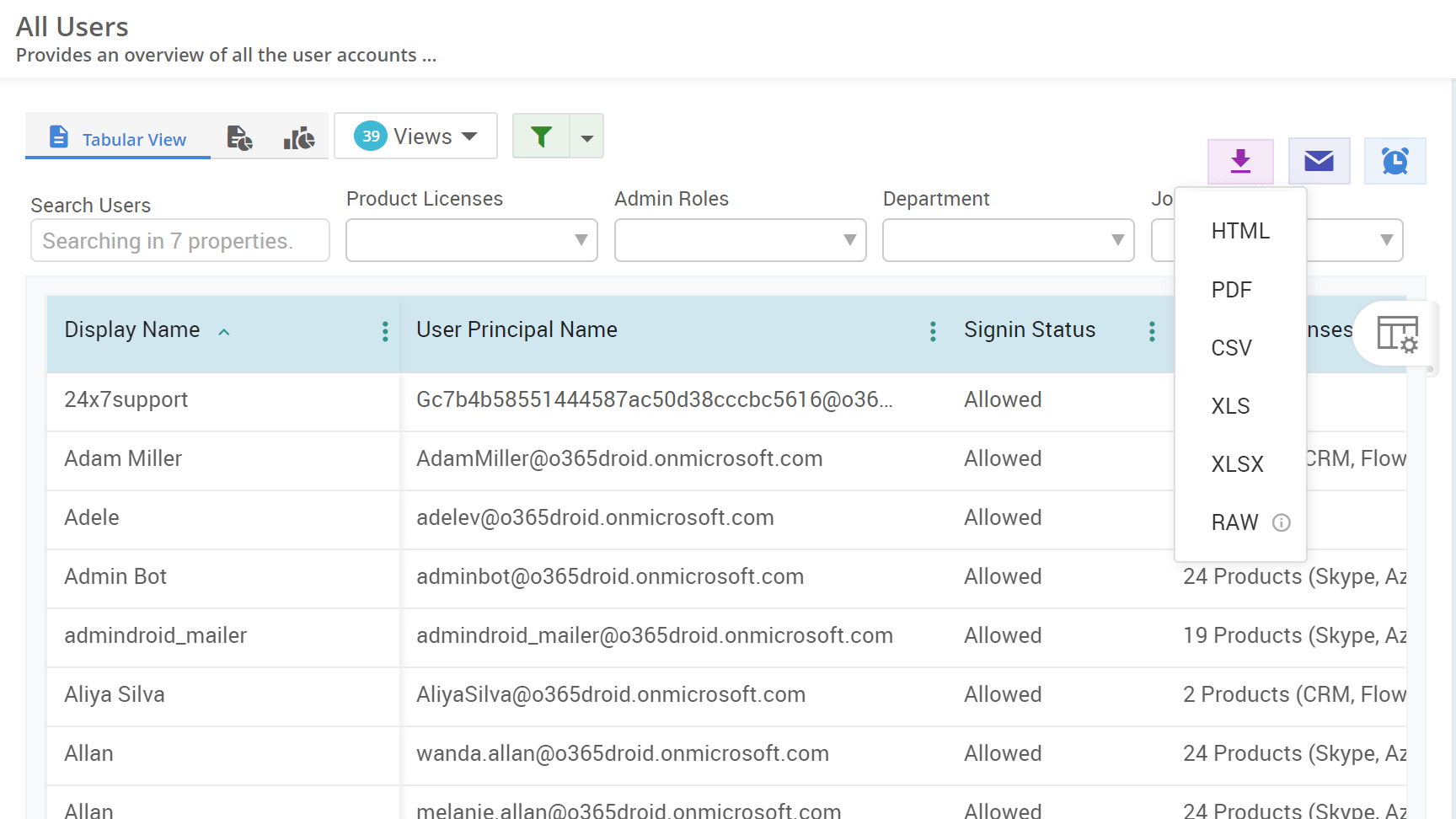How to Find Users Not in Any Groups in Microsoft 365
Users not in any groups can easily go unnoticed when admins primarily rely on groups to manage user permissions, resources, licenses, etc. This can lead to potential inactivity or a lack of access to essential files or teams in Microsoft 365. Therefore, identifying and managing these users is crucial for maintaining security and engagement. This guide will help you find users who are not part of any group, ensuring they are effectively managed in Microsoft 365.




